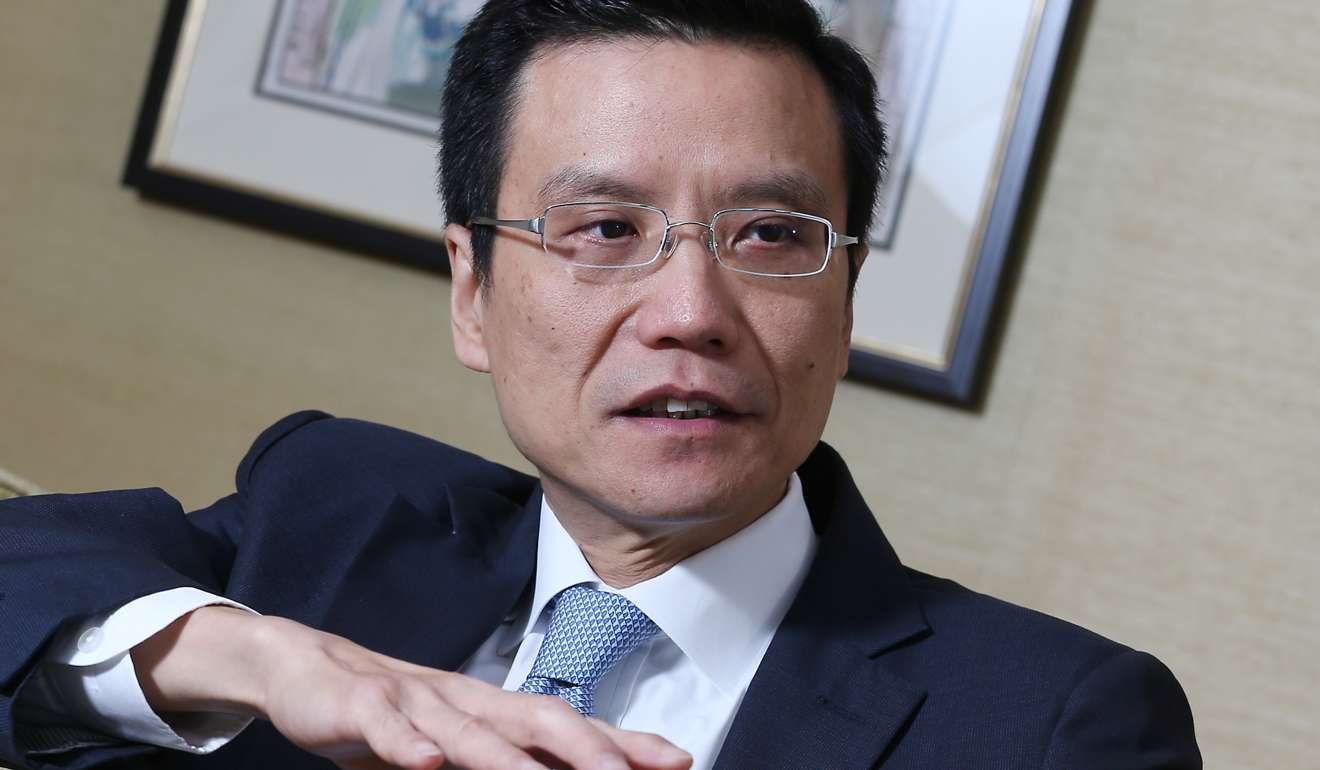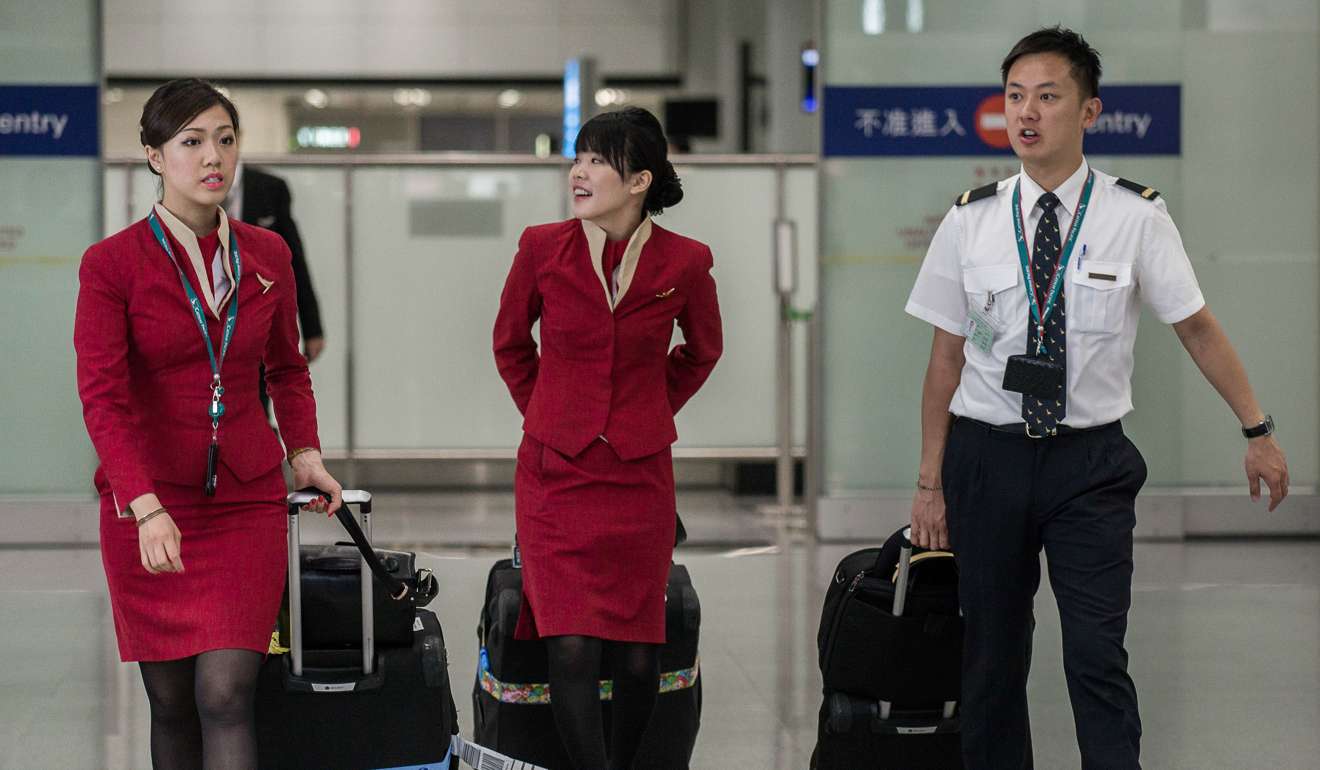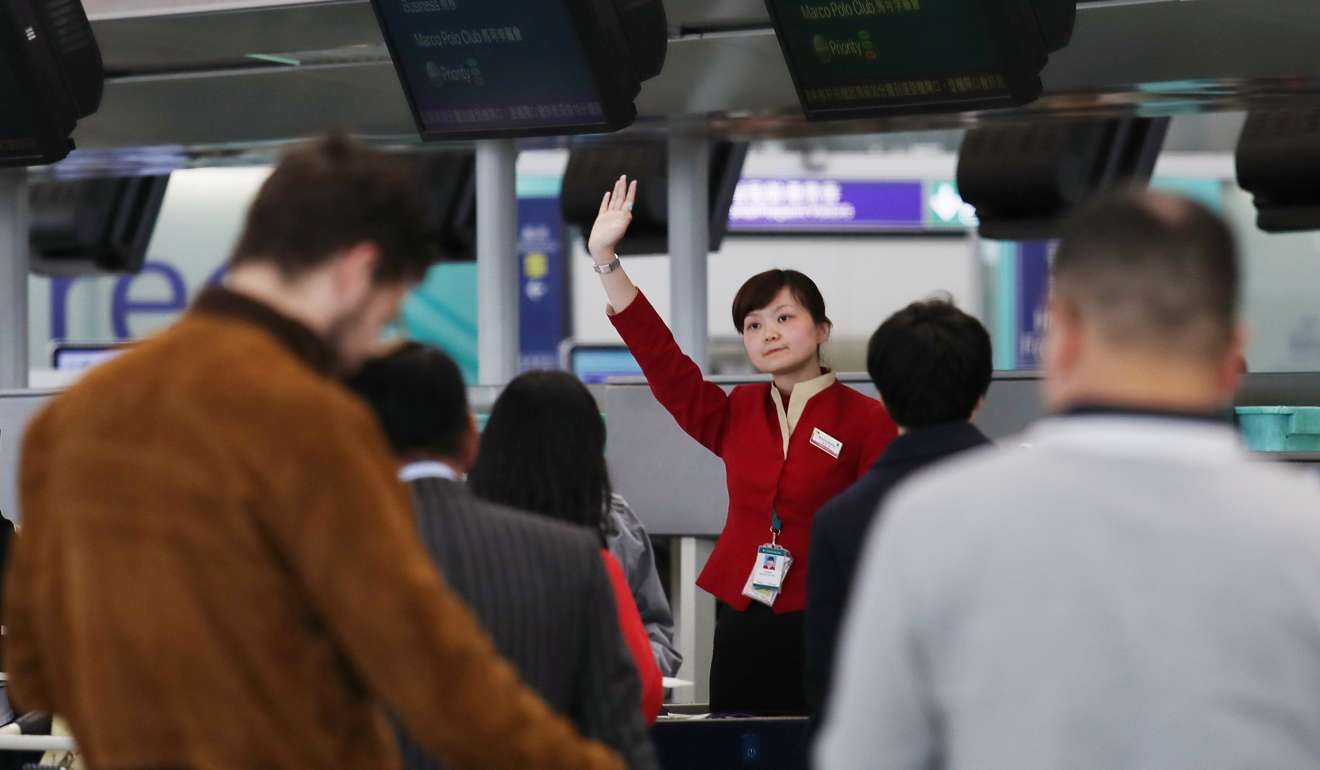
The major problems facing new Cathay Pacific boss Rupert Hogg after management reshuffle
Oil price misstep and increased regional competition among pile of problems at beleaguered Hong Kong carrier
But what problems face Hogg? Here is what you need to know about the airline’s business.

What did Cathay Pacific get wrong?
Bosses made a bad bet on fuel prices. They were caught out by the collapse in those prices, because fuel contracts had tied the airline to higher prices for up to four years.

Will Horton from the Centre for Aviation said Cathay Pacific’s competitors could fly more passengers on the same plane, yet do so at a lower cost and make more money. That left the beleaguered Hong Kong airline at a competitive disadvantage, he said.
What competition does the airline face?
The growing number of budget airlines in the region means more travellers have switched to Cathay Pacific’s low-cost rivals, while a weaker global economy has caused a slump in business travel.
And Chinese airlines offering direct routes to other countries has resulted in dwindling numbers of people flying to Hong Kong.

What is the airline doing to revive its business?
And what else could it do?
It has been suggested that Cathay Pacific could launch its own budget airline. BOCOM International Holdings’ head of transportation and industrial research Geoffrey Cheng said travelling on budget airlines had become a global trend and Cathay Pacific could benefit in the long run by offering a low-cost option. But the company said it would only consider that after the completion of the third runway at Hong Kong’s airport.

